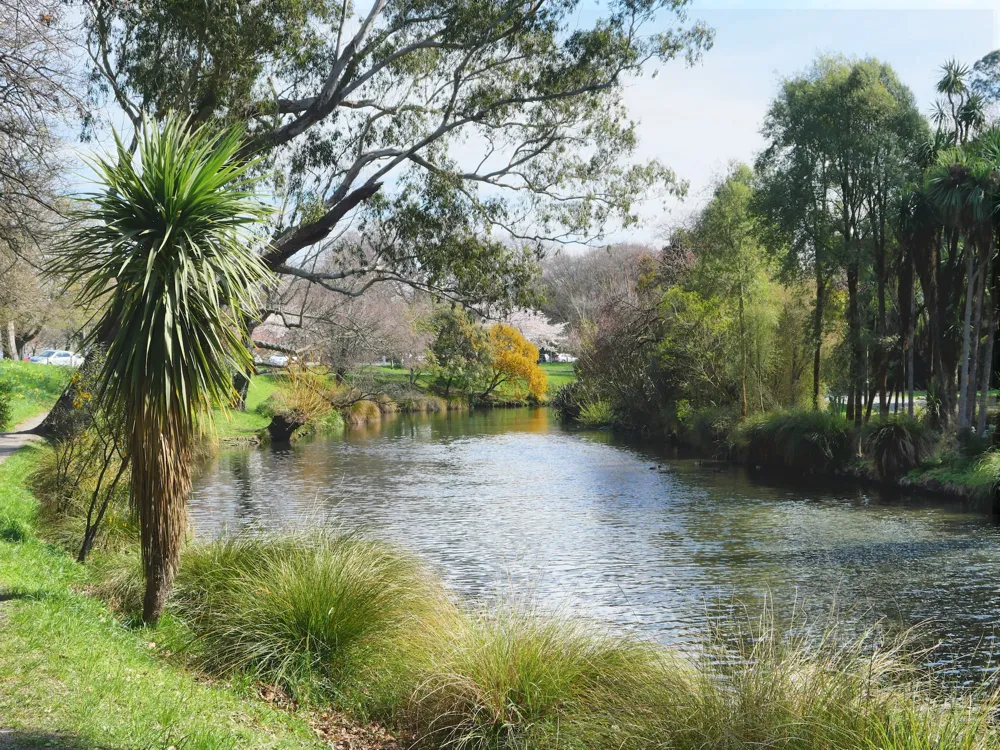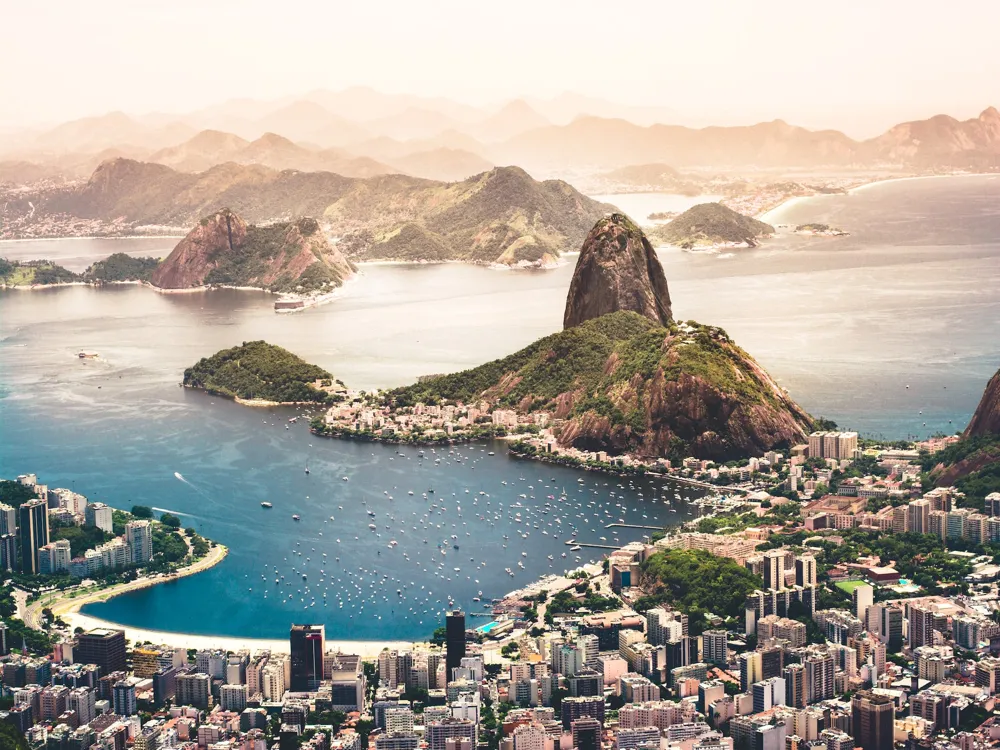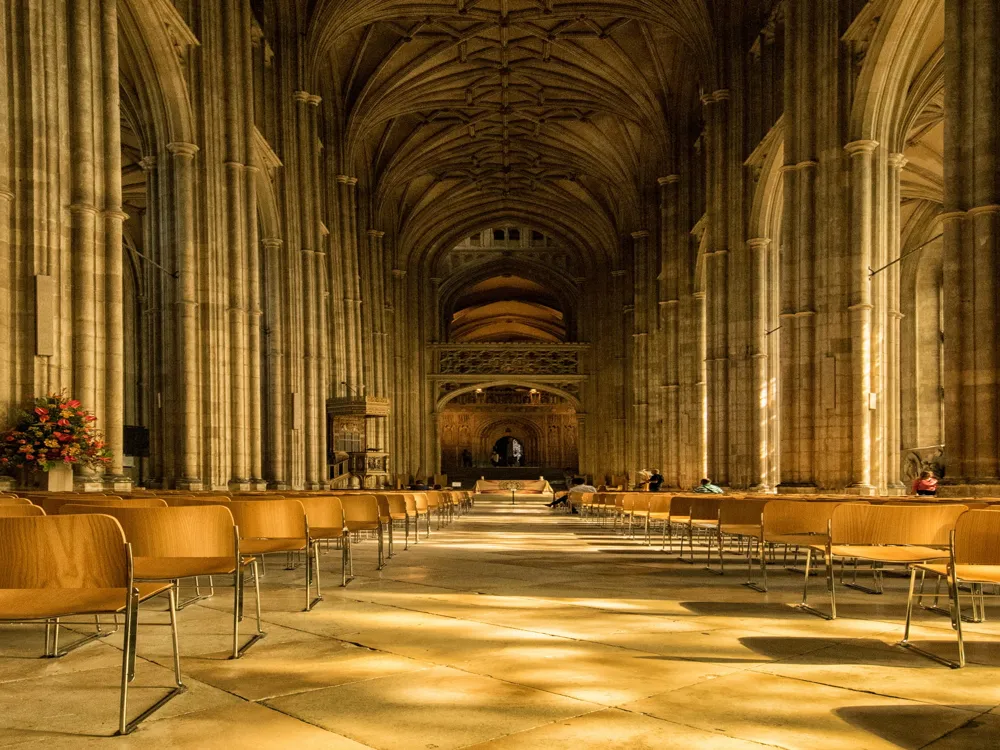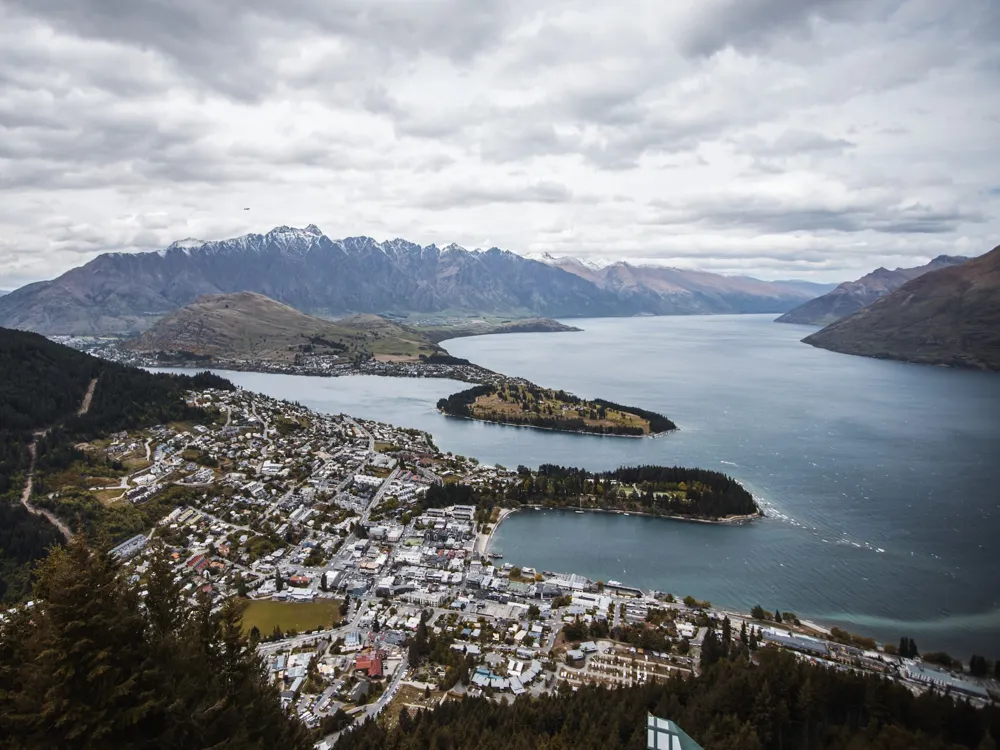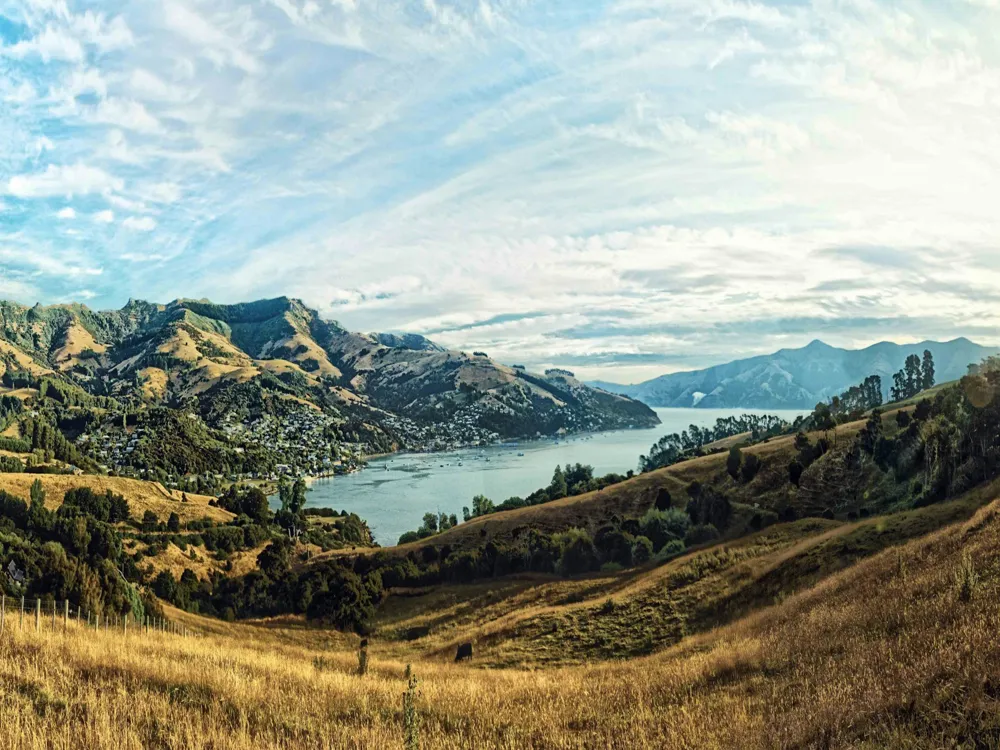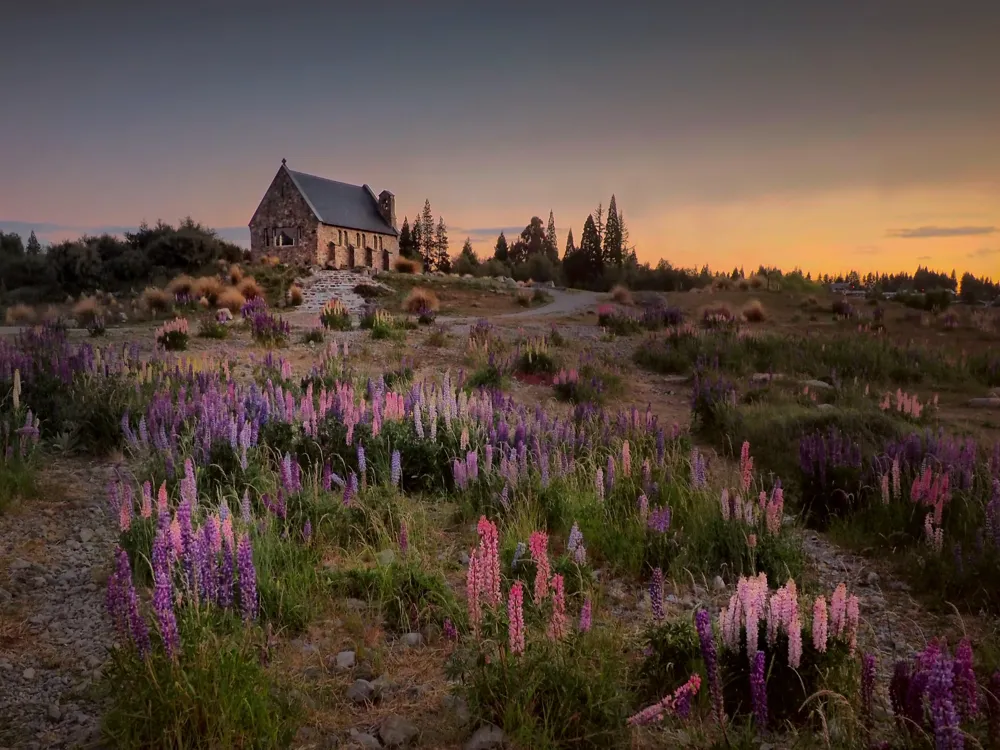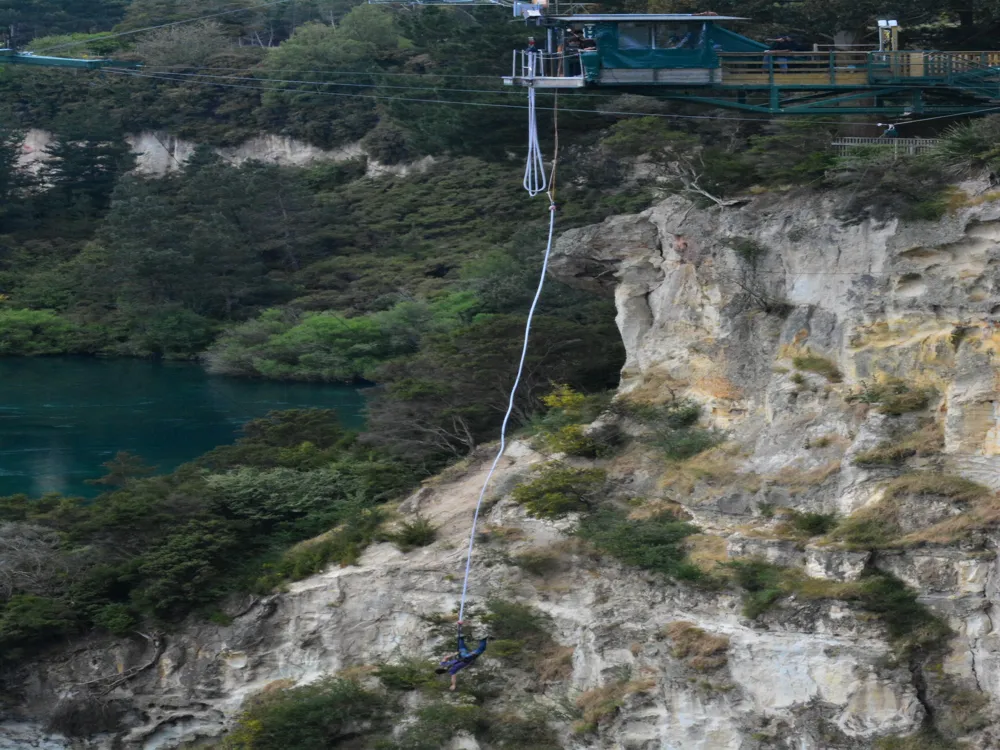Christchurch, the largest city in the South Island of New Zealand, is a place of rejuvenation and reinvention. Following the 2011 earthquake, Christchurch has emerged as a vibrant, ever-changing city. It's a place where history and the future meld seamlessly, offering a unique urban experience. The city, known for its English heritage, is surrounded by the Canterbury Plains and the Pacific Ocean, presenting a picturesque backdrop. Christchurch's journey from a traditional English-style settlement to a cosmopolitan city has been marked by resilience and innovation. The city's resilience is visible in its rebuilding efforts, making it a symbol of hope and renewal. With a rich Maori heritage and a contemporary cultural scene, Christchurch is a melting pot of diversity, reflected in its art, cuisine, festivals, and the everyday life of its people. Christchurch's architecture is a vivid tapestry that reflects its storied past and dynamic present. The city's architectural landscape is a blend of historic Victorian and Edwardian buildings, Gothic Revival structures, and cutting-edge contemporary designs. Landmarks such as the Christchurch Cathedral, once a symbol of the city's Anglican roots, and the Cardboard Cathedral, an innovative response to the 2011 earthquake, stand as testaments to the city's architectural evolution. Modern projects like the Christchurch Art Gallery, with its glass and metal façade, showcase the city's forward-thinking approach. The city's residential areas display a variety of styles, from traditional cottages to modernist homes, mirroring the diverse tastes of its inhabitants. Christchurch's rebuild has been guided by a commitment to sustainability and community, leading to the development of green spaces, pedestrian-friendly zones, and buildings that are not only aesthetically pleasing but also environmentally responsible. Christchurch is enchanting year-round, but the best time to visit is from December to February, when the weather is warm and sunny, perfect for outdoor activities. Autumn, from March to May, is also a great time to witness the golden hues of the city's foliage. The city offers a range of public transport options, including buses and a historic tram. For a more personalized experience, consider renting a bike or a car to explore the city at your own pace. Christchurch has a variety of accommodation options to suit all budgets, from luxury hotels to cozy backpacker hostels. Booking in advance is recommended, especially during peak tourist seasons. The city's culinary scene is a delight for foodies, offering everything from traditional Kiwi dishes to international cuisine. Don’t miss trying the local seafood, lamb, and the iconic Pavlova dessert. Understanding and respecting local customs, including the Maori culture, is important. A simple 'kia ora' (hello) can go a long way in showing respect to the local community. It's crucial to know emergency numbers and the location of the nearest hospital. New Zealand's emergency number is 111, and Christchurch has several hospitals and clinics for medical assistance. Christchurch is well-connected both domestically and internationally. The Christchurch International Airport is the main gateway for international travelers and offers a range of transport options to reach the city center, including buses, taxis, and car rentals. For those traveling within New Zealand, the city is accessible by road and rail, with scenic routes that offer a glimpse into the country's stunning landscapes. The intercity bus network provides an affordable option, while the TranzAlpine train offers a spectacular journey across the South Island, showcasing the breathtaking beauty of the New Zealand countryside.Overview of Christchurch
Architecture of Christchurch
Tips When Visiting Christchurch
Best Time to Visit
Local Transportation
Accommodation Tips
Dining and Cuisine
Cultural Etiquette
Emergency Information
How To Reach Christchurch
Hanmer Springs
Christchurch
₹ 73,500 onwards
View christchurch Packages
Weather :
Tags : Hot Spring
Time Required : 2-4 Days
Planning a Trip? Ask Your Question
Christchurch Travel Packages
View All Packages For Christchurch
Top Hotel Collections for Christchurch

Private Pool

Luxury Hotels

5-Star Hotels

Pet Friendly
Top Hotels Near Christchurch
Other Top Ranking Places In Christchurch
View All Places To Visit In christchurch
View christchurch Packages
Weather :
Tags : Hot Spring
Time Required : 2-4 Days
Planning a Trip? Ask Your Question
Christchurch Travel Packages
View All Packages For Christchurch
Top Hotel Collections for Christchurch

Private Pool

Luxury Hotels

5-Star Hotels

Pet Friendly









